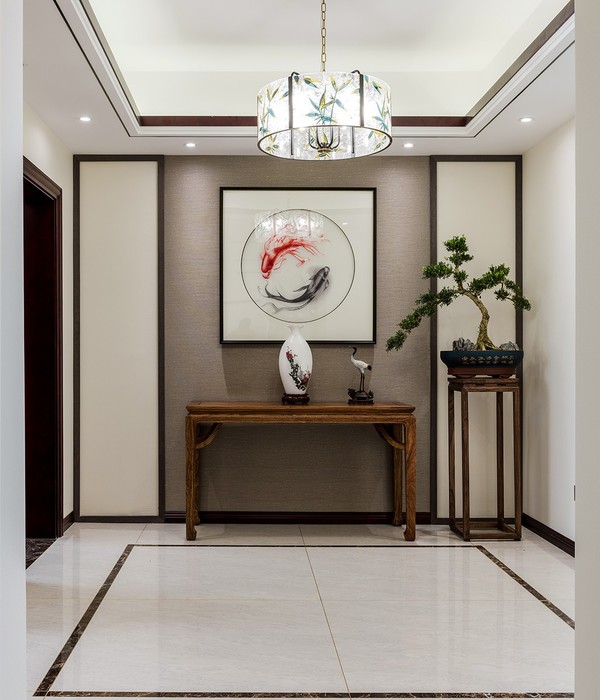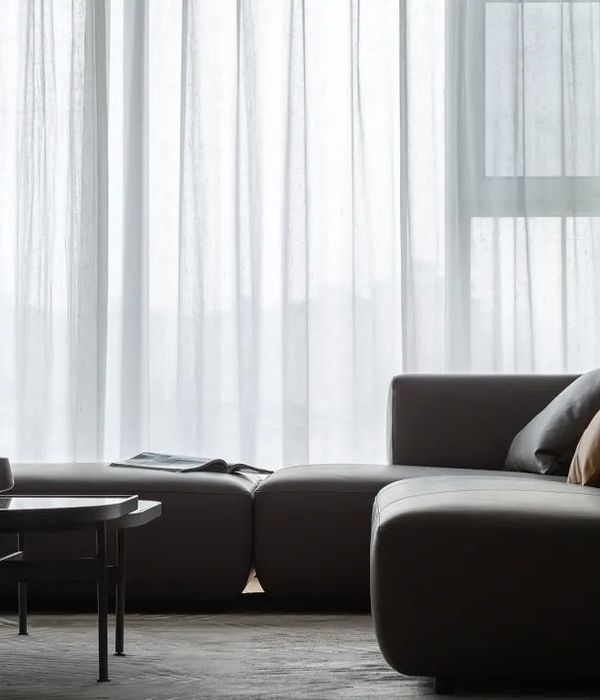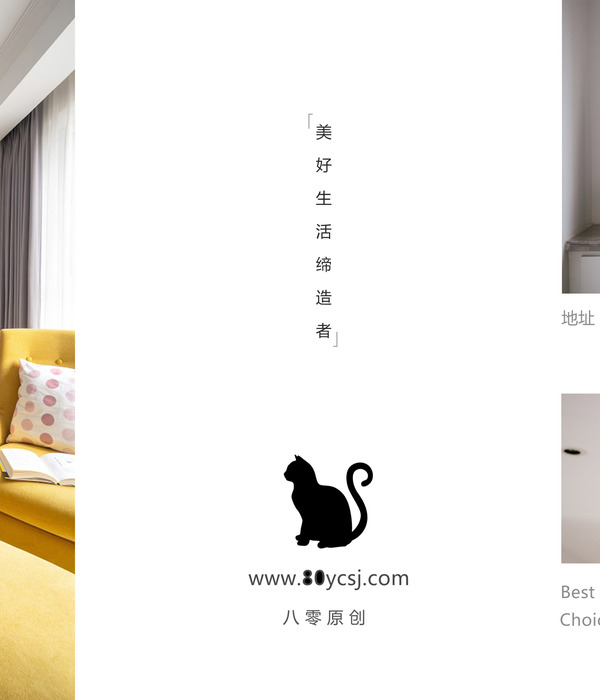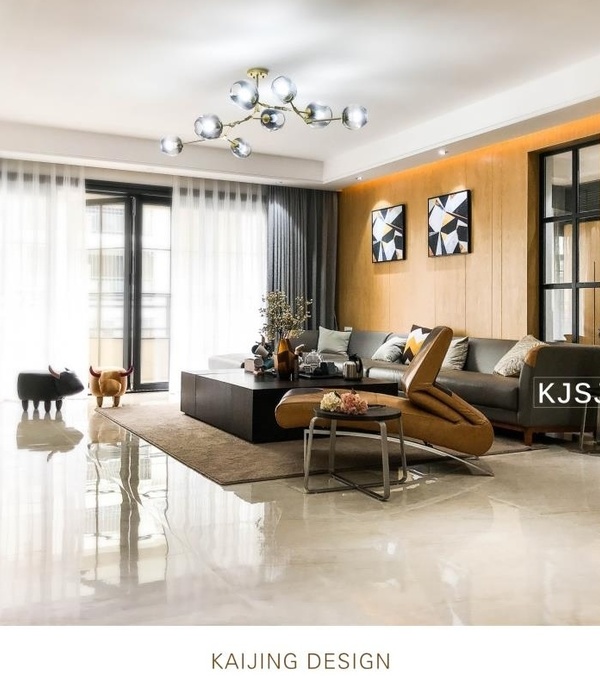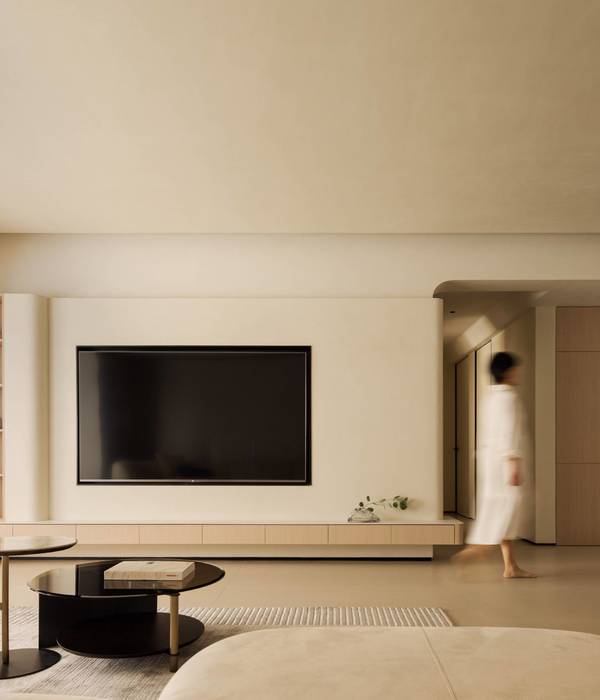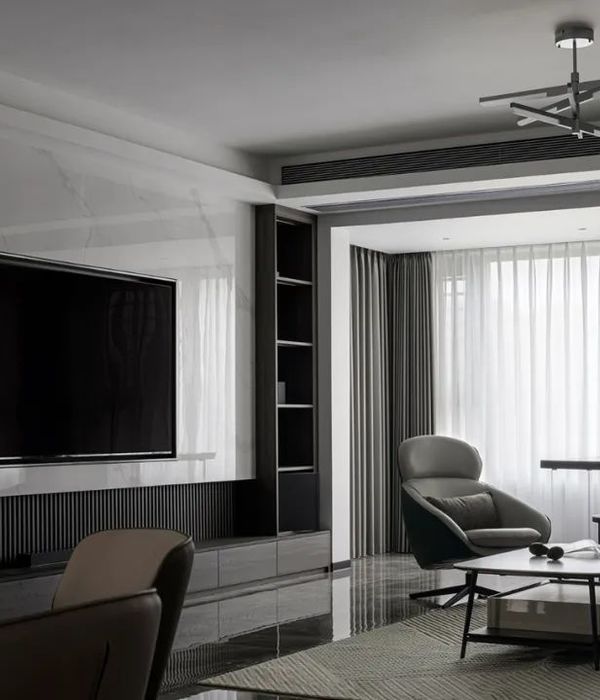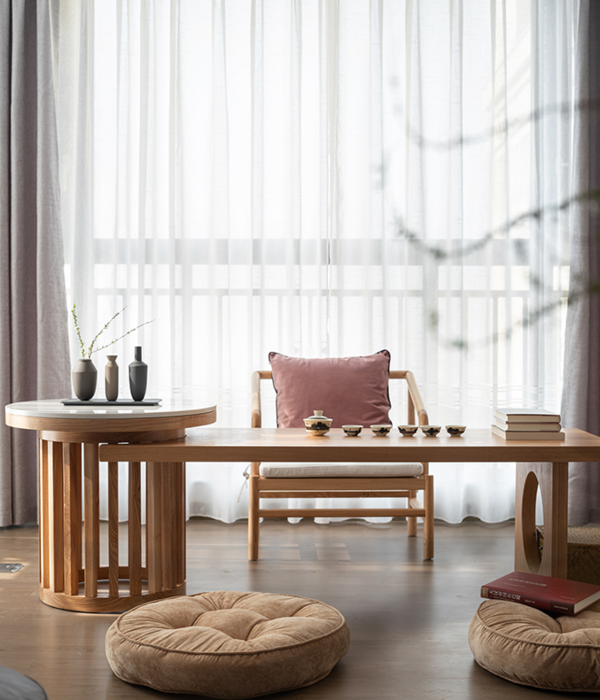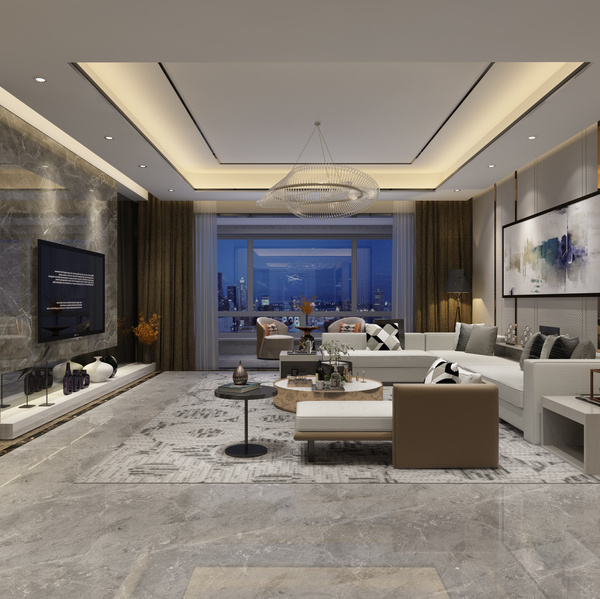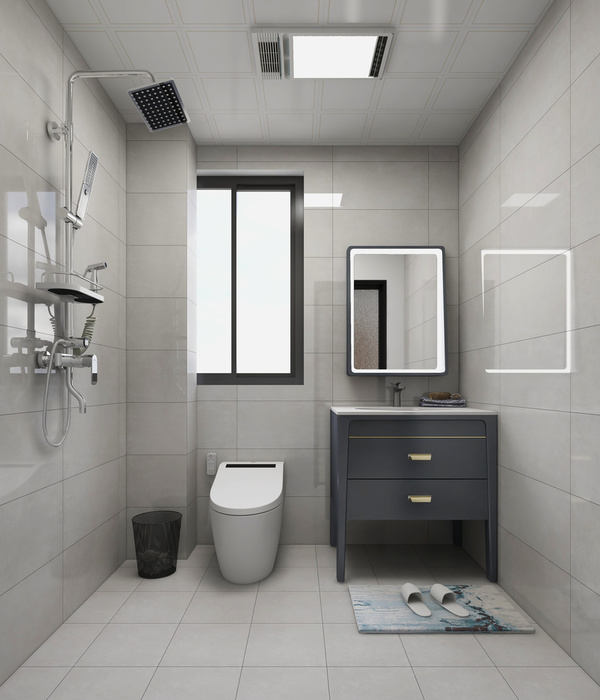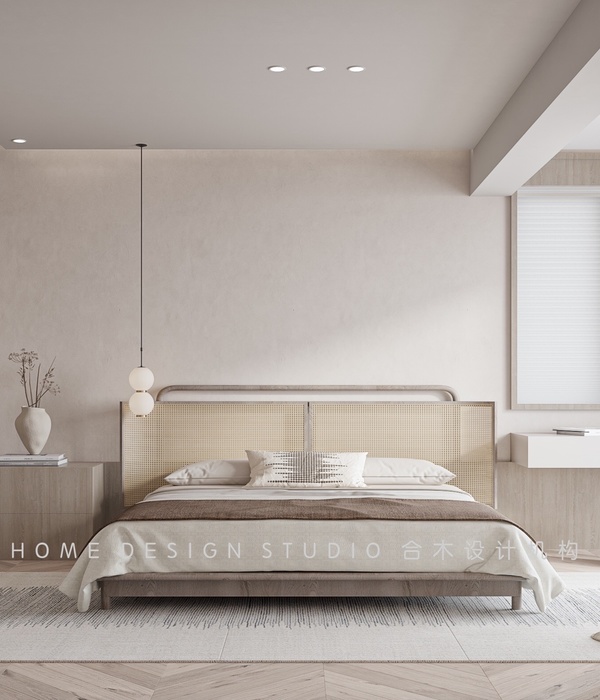- 项目名称:森林里的蓝色折纸公园
- 设计团队:建筑师Bruno Sousa,建筑师Gilberto Pereira,景观设计师Ana Sofia Pacheco,景观设计师Victor Esteves
- 预算:140万欧元
- 照片版权:Victor Esteves
Oh!Land studio:当代的问题需要当代的解决方案,为了克服当今使自然资源和城市生活不协调的城市扩张所带来的问题,建立一个多学科合作的设计团队是至关重要的,一群年轻的设计师聚集起来想要创造具有创新性的设计,将自然和人工元素融入到完整、多功能和可持续的城市系统中,在整体和谐的景观中推动促进高质量的城市生活方式。
Oh!Land studio: Contemporary problems need contemporary solutions. The challenge brought forth by this project is one of them. To overcome today’s disarticulated urban expansion that discourages natural resources and urban life, a proper discussion between members of a multi-disciplinary team is essential. For this reason this group of young designers came together in the attempt to create innovative designs that integrate natural and artificial elements into complete, multi-functional and sustainable urban systems that promote quality urban lifestyles in overall harmonic landscapes.
这个项目是大型城市系统发展战略的一部分,它从竞赛阶段发展成为了圣蒂尔苏市的再生区域,将“无活力”的场地转变成为对社会城市和自然环境有更大价值的空间。设计基于当地的文化、生态和传统背景,采用可持续的、综合的设计方法,将场地改造成了一个在当代公园和城市环境中由不同尺度、节奏和演变阶段构成的活的有机体。
This project, part of financed large scale urban system development strategy called “Inventar a Cidade”, evolved from the competition phase of Europan 9 into what is now a regenerated part of the city of Santo Tirso. It was an opportunity to transform a “non-place” into a space of increased value for the social, urban and natural environment of the city. Using local culture, ecology and tradition as construction guidelines, together with sustainable and integrated design methods, this space was morphed into a living organism that is structured by various scales, rhythms, and evolution times in a contemporary park/city context.
雕塑的灵感来自于折纸,其颜色和几何形状与周围的植被形成对比,用钢构架建造,上面覆盖着做过防破坏处理的玻璃钢。
These sculptures, origami inspired, contrast with the vegetation in colour and geometry and are built with steel framing covered with an anti-vandalism treated fibreglass.
▼折纸雕塑 Origami inspired sculpture
这个1.54公顷的城市公园意在用与自然密切接触的路径通道来建立联系,同时通过挖掘当地景观的潜力来重新定义当地景观。设计团队想要公园有一个明显的特点以提高其可识别性和特性,并能够吸引人们参与使用。新的自然形象、城市形象和功能性是场地的核心,也是公园各处的互动基础,包括那些建成的、未建成的、功能的、先前存在的、自然的、生物的、人类的……
生态步道、设施和活动项目(教育、文化、娱乐等) 形成的网络体系使公园更加完善,这种天然和人造的结构与周围环境相连,保证了场地的吸引力以及其经济、社会和环境的可持续性。人们通过各种活动来感知场地,这里便会成为环境里的一个活跃元素。
Complemented with a web of environmentally friendly pathways, equipment, and programs (educational, cultural, recreational, etc.), this natural/artificial structure, while connecting to its surroundings, guarantees attractiveness, and economical, social and environmental sustainability. It is a place that unravels itself as the user, through various velocities, perceives the whole, consequently becoming an active element in the landscape.
▼骑行路径 Bike path
通过“绿色设施”将这个空间转变成一个科教和民主的空间,让人们感知正身处于一个良好的环境之中,鼓励他们与自然进行互动,为社会不同阶层和不同年龄层创造与之相匹配的活动类型。考虑到“绿色设施”这一理念,推行新的设计方案和合理的资源管理方案,将有助于园区的低维护发展,比如选种适应该地区土壤和气候条件的植被物种、使用可回收的材料、采用节能设备和低消耗灌溉系统等。
The act of transforming this space into a pedagogical and democratic one with “green equipment” enables awareness for users as to good environmental practices, encouraging there interaction with nature, creating different types of recreation for various social classes and age. Allied to these principles is the experimentation with new design solutions along with solutions for rational management of resources, positively contributing to low maintenance (vegetation species adapted to soil and climatic conditions of the region, recyclable materials, energy efficient equipment and low consumption irrigation)
▼西南侧小广场 A square on the south-west side
公园西南侧的主平台由混凝土建造,形成了一个可以停车、休憩,有楼梯和坡道的广场。这个区域与高地上的环线主路相连,环路是透水混凝土铺装的自行车道。
On the south-west side we have a main platform that was conceived as concrete “blanket” that covers the site morphology and forms a parking area, a square with sitting areas, stairs and ramps. This area connects to the main circulation pathway on the high ground which is also a bike path in permeable concrete.
▼分析图 Analysis
▼玻璃钢结构分析 Fiberglass interpretative structures
▼总平面图 Master plan
▼剖面 Section
▼排水研究 Water drainage study
地点: 葡萄牙波尔图圣蒂尔苏市
设计者: 建筑师Bruno Sousa; 建筑师Gilberto Pereira; 景观设计师Ana Sofia Pacheco; 景观设计师Victor Esteves
工程师: Hernâni Araújo (土木工程师)、João Fernandes (土木工程师)、Tito Santos (土木工程师)、Delfim Flores (电工工程师)、Ana Lindeza (灌溉工程)
客户: 圣蒂尔苏市
竞赛阶段: 2007年
项目日期: 2009 – 2010年
建设日期: 2011 – 2013年
预算: 140万欧元
面积: 1, 54ha
照片版权: Victor Esteves
Location: Santo Tirso, Porto, Portugal
Engeniers: Hernâni Araújo (civil engineer), João Fernandes (civil engineer), Tito Santos (civil engineer), Delfim Flores (electrotechnical engineer), Ana Lindeza (irrigation)
Client: Municipality of Santo Tirso
Competition phase (Europan 9 – Santo Tirso): 2007
Date of project: 2009 – 2010
Date of construction: 2011 – 2013
Budget: 1,4M €
Surface area: 1,54 ha
Photo credit: Victor Esteves
{{item.text_origin}}

